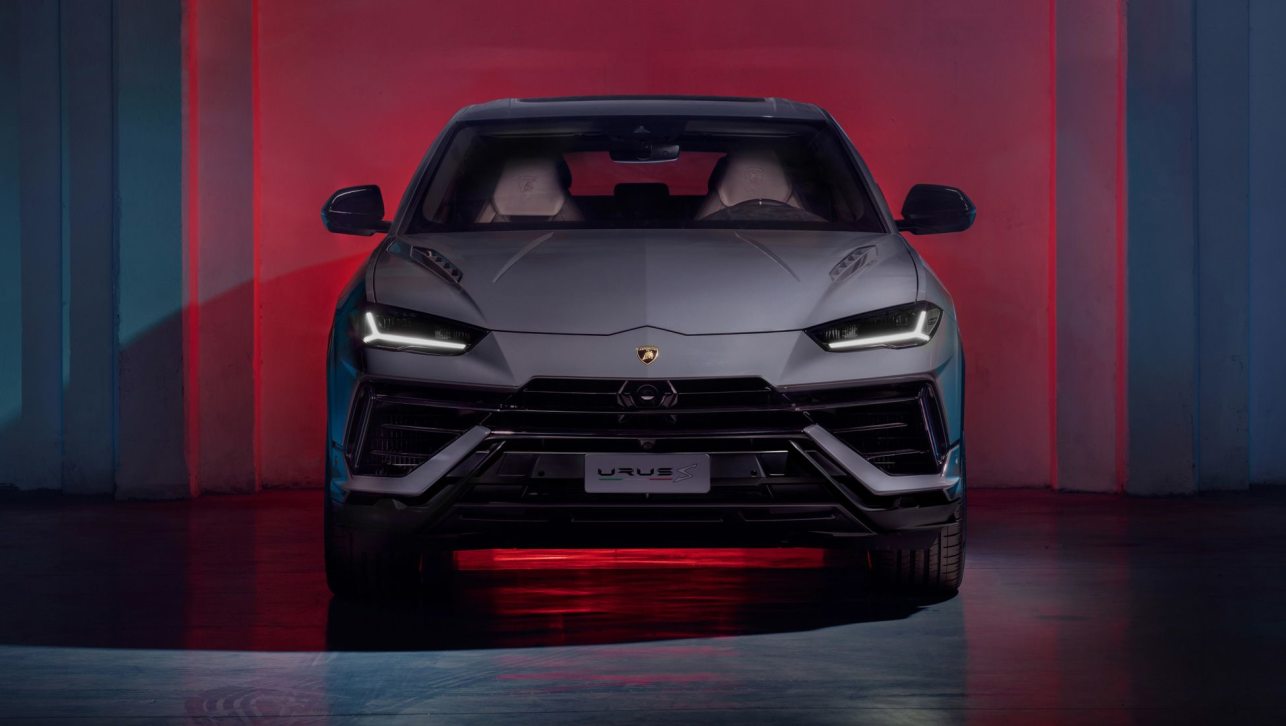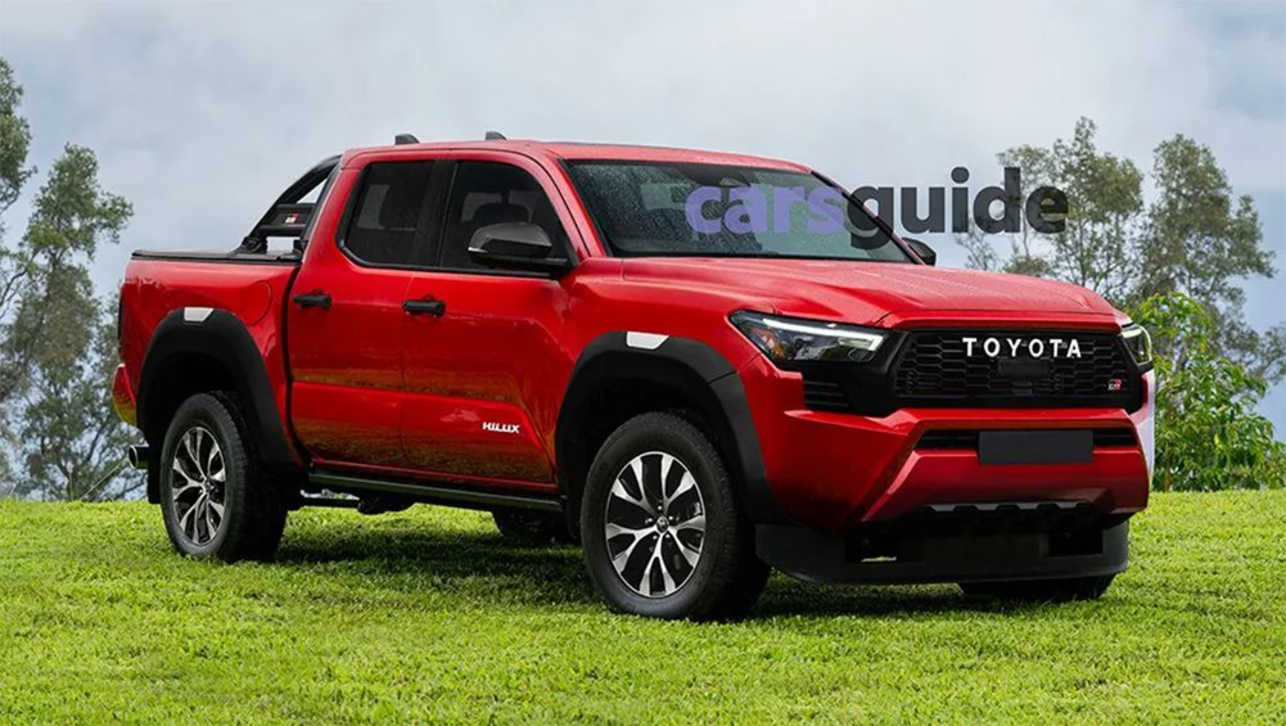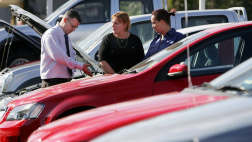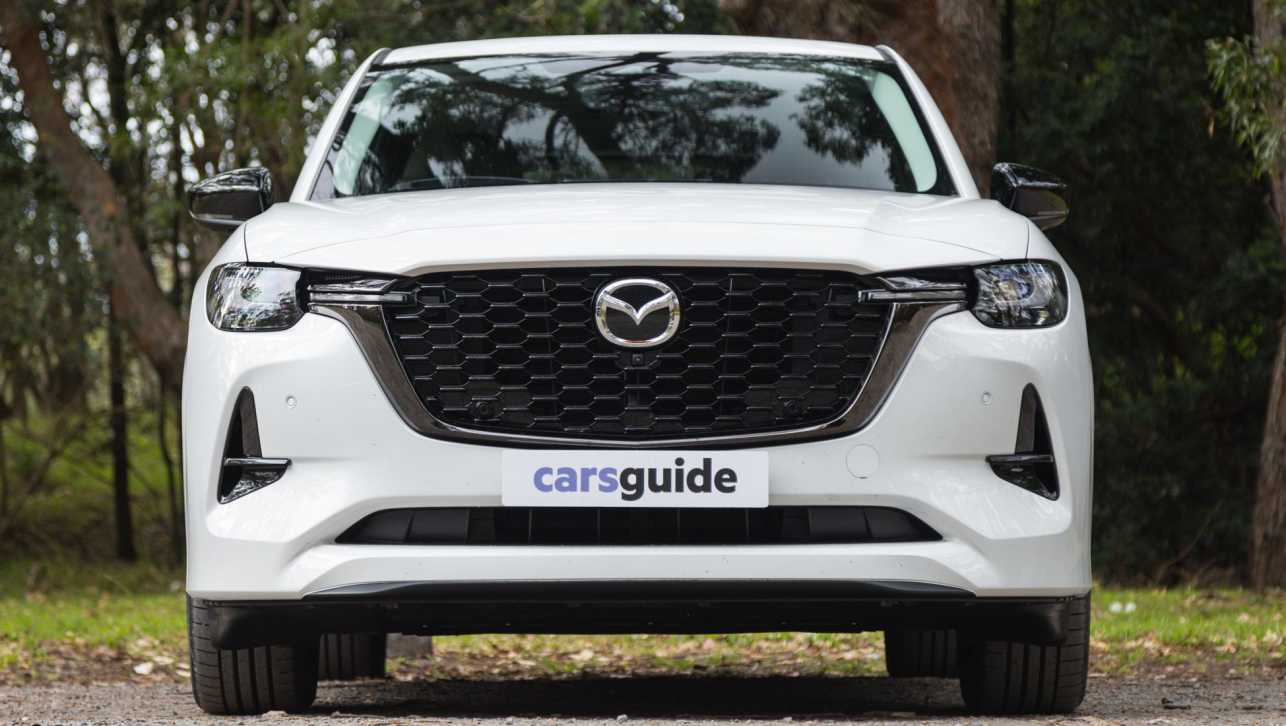The petrol-powered rotary is promised within three years as Mazda - the only company to make a long-term commitment to the rotary design - works on three separate projects for the powerplant.
Apart from the overhaul of the engine currently used in its RX-8 it is developing a rotary that runs on hydrogen and another that powers an onboard generator to drive the car - in a similar way to the Chevrolet Volt - through electric motors.
The new petrol rotary is aimed for a two-seater coupe expected within three or four years and, although Mazda isn't saying anything about the car, it's an open secret that it is working on a revival of the RX-7 which was its sports car headliner for more than 20 years.
It is more open about the engine. "The rotary is being developed but we have to finish our work on the Sky-G and Sky-D internal-combustion engines first," says Mazda general manager of Powertrain Development, Mitsuo Hitomi. "It will have fuel economy close to the Sky-G engines."
The Sky-G engine development, to be seen in Australia next year likely in the 2011 Mazda3, is a 2-litre petrol engine with a fuel consumption average of less than 6litres/100km.
Mazda's senior program director of research and development, Seita Kanai, says Mazda is not going to abandon the rotary. He sees its ongoing development as part of Mazda's future of diversifying its vehicle development.
However, he admits the return on the rotary is very small. "It is an unpolished diamond. And the diamond needs polishing," he says of the rotary.
"There are 100 engineers working on the rotary. There are one million engineers working on ICE (internal combustion engines). So we will apply all our efforts to make the rotary work properly."
Hitomi says that the same principles that make the Sky-G engine series more fuel efficient and torquier are being applied to the rotary. "This includes making the engine a long stroke," he says.
"You can do that with a rotary - but of course it's a different technique to an ICE. The spark plug area where the compression takes place can be changed considerably.
"The rotors can also be made slimmer which is part of changing the compression ratio. Then can also remove a lot of weight in and around the engine."
Hitomi says that after the rotary development work his team will go back to the Sky-G and further improve its economy and emission levels. "We can do a lot better with Sky-G," he says.







.jpg)
.jpg)
.jpg)

.jpg)


.jpg)




.jpg)
.jpg)
.jpg)

.jpg)





Comments